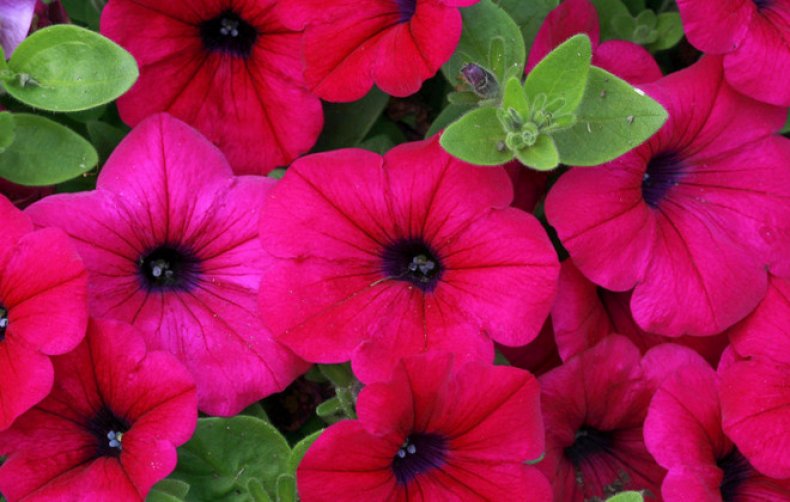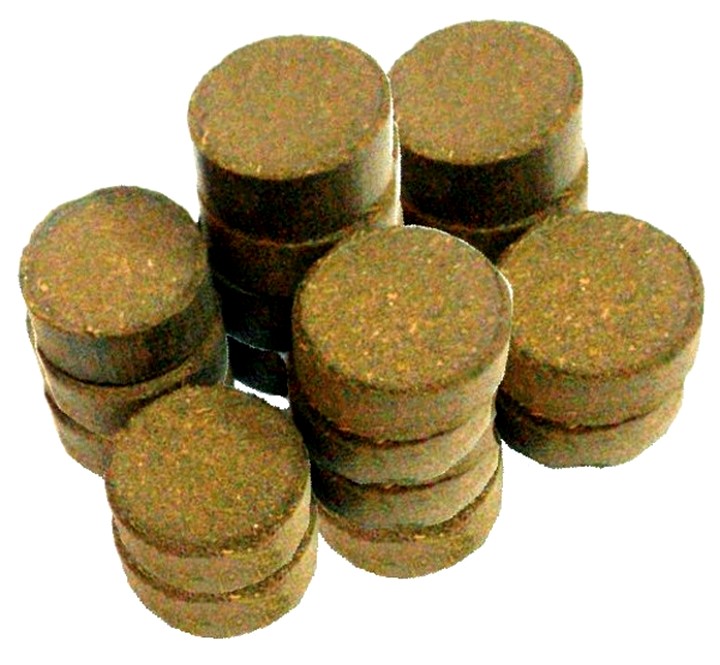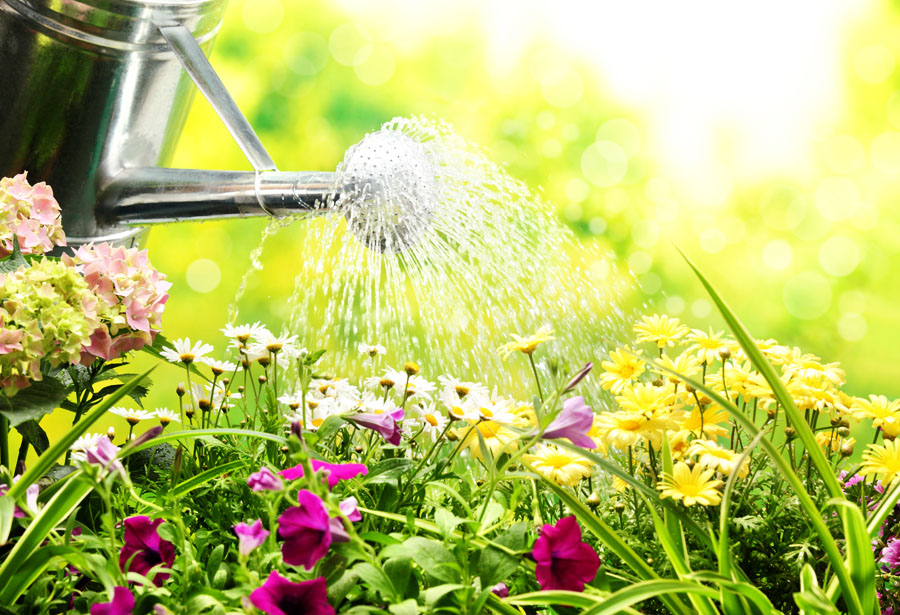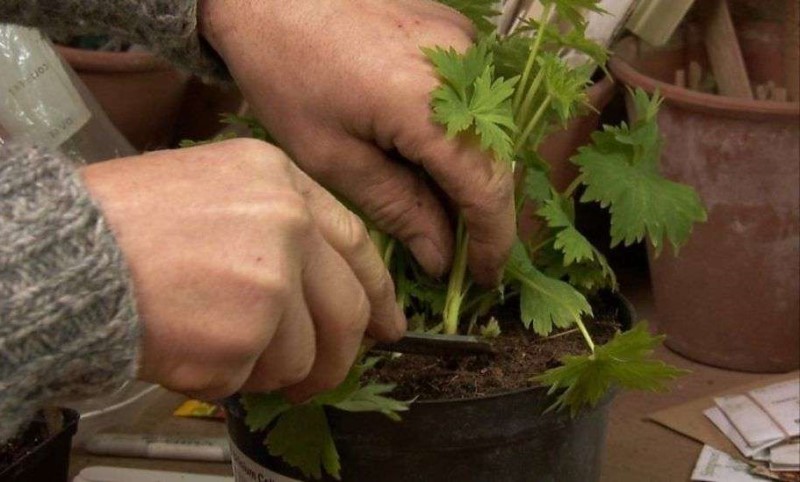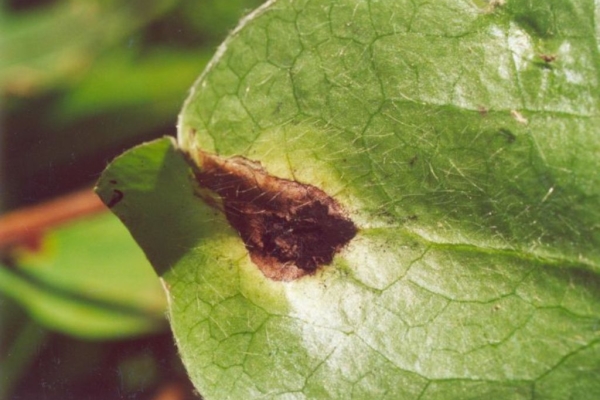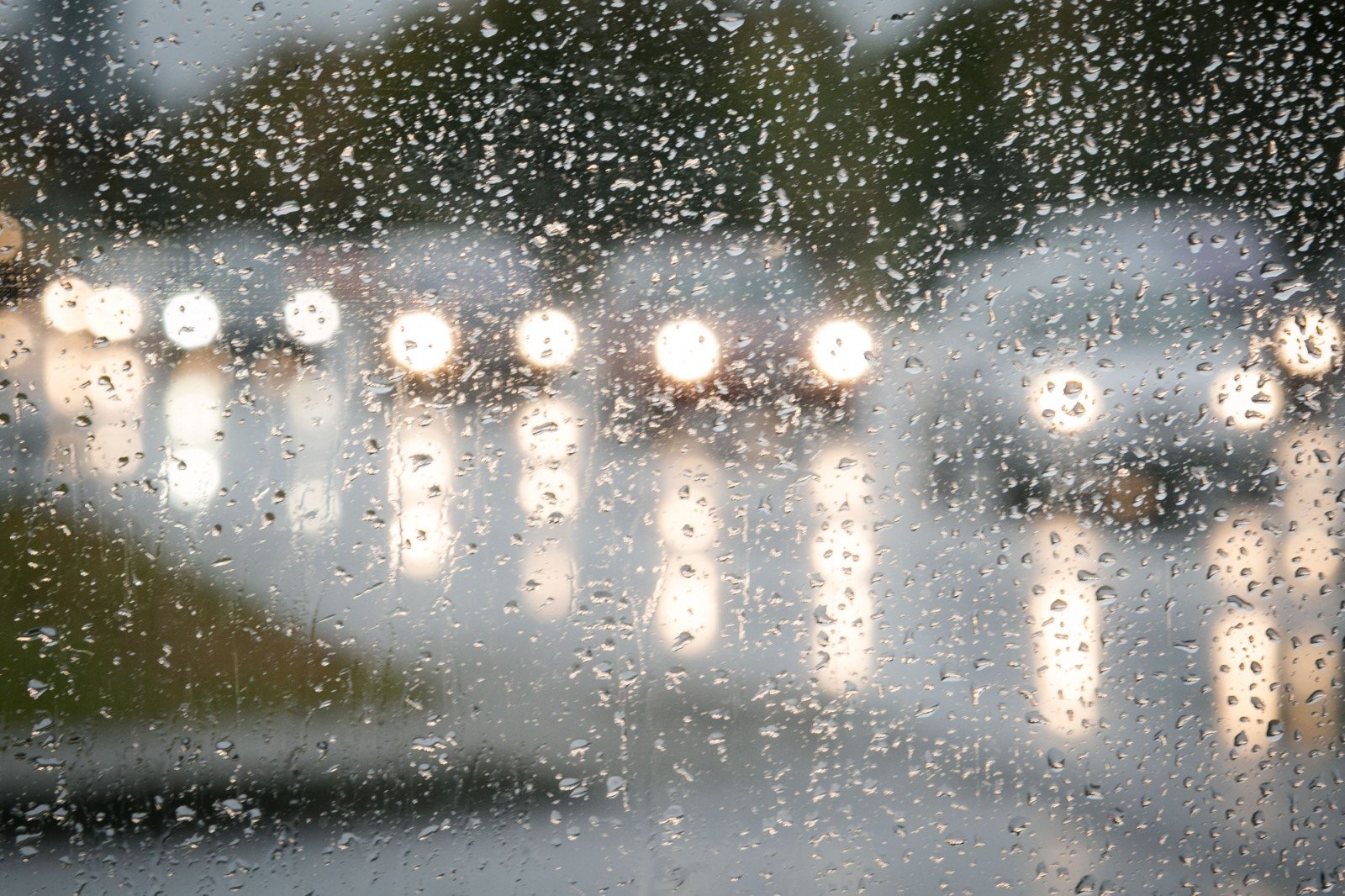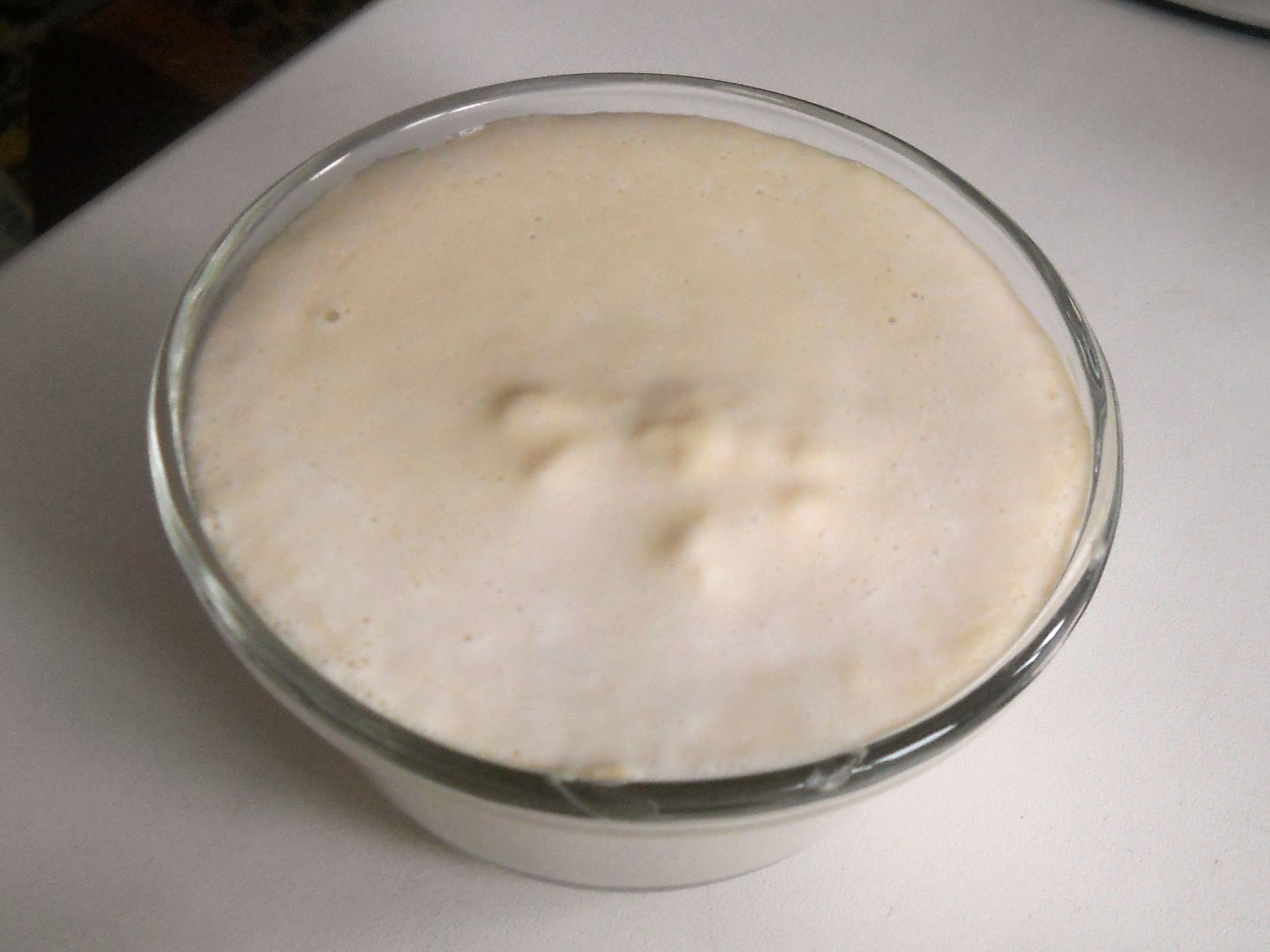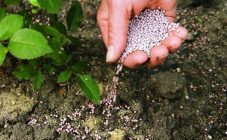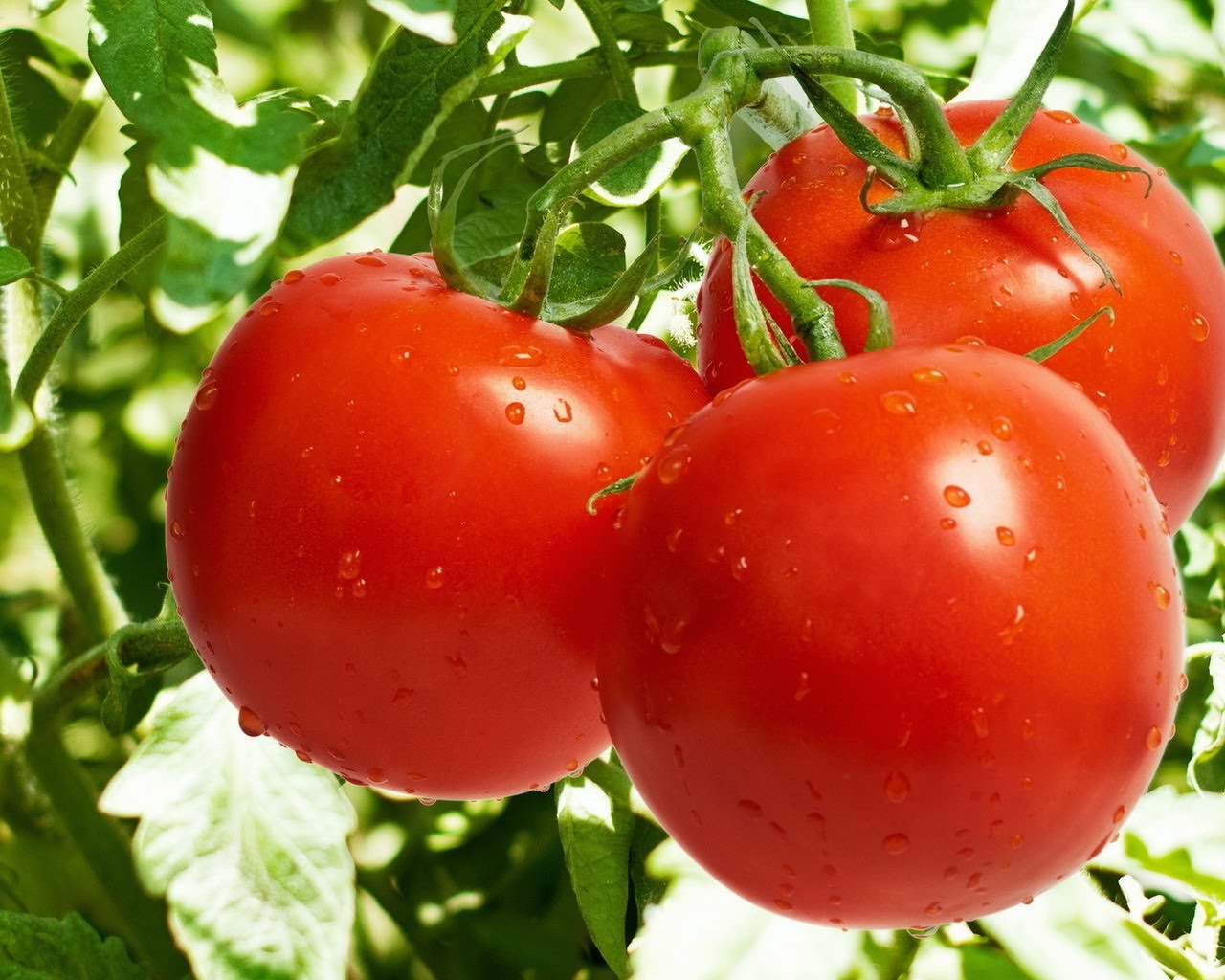Petunia perfectly complements decorative compositions, and its main advantage is its ease of growing. Without much effort, the plant can grow both in pots and outdoors. The main thing is to know how to care for petunia so that it blooms profusely.
Soil and microclimate
Heat-loving flowers begin to be planted after the onset of stable heat. The flower loves windless sunny places, but tolerates light temporary partial shade well.
Alkaline and strongly acidic soil reactions adversely affect the well-being of the plant. The flower is indifferent to the rest if they are nutritious enough, moderately loose, retain moisture well, but do not allow water to stagnate.
To make the garden petunia lush and blooming, it is planted in loamy or sandy loam soil, fertilized with humus, compost. The increased acidity of the earth is neutralized with lime.
The correct composition of the soil is sand, peat, humus.
Growing petunias
Before thinking about how to achieve lush flowering of petunias, you should take care of healthy seedlings. Sowing usually starts between late February and mid March. The seedlings should receive a lot of light.
The sprouts will start sprouting in a week. A pick is carried out when 4 sheets are formed. The best option would be to transplant the seedlings into a peat cup. A peat tablet is also good for this purpose, in which there is no need to add earth.
If the weather permits, the seedlings can be placed in a permanent place: pots, pot, street.
Space
Petunia has a well-developed root system, so it needs a lot of soil: at least 5 liters per plant unit. There are no problems with plants planted on the site. But planted in pots, they are in dire need of space.
Lighting
The flower loves the sun very much, and if the question arises of how to care for a petunia so that it blooms all summer, then the answer is quite simple - to provide it with a lot of sun.
When the plant begins to bloom, the need for light increases dramatically. Therefore, for indoor plants, it is imperative to increase the lighting with additional devices. Bad light will make the shoots thin and faded, and generally weaken the plant.
How to water petunia correctly
In a hot period, the flower can withstand a short-term drought, but waterlogging can destroy it. Water needs warm, settled and not hard. Watering is carried out only at the root.
How often should you water the petunia? You can navigate by the variety: small-flowered is less demanding on moisture than large-flowered. Thanks to the powerful root system, the necessary moisture is absorbed from a large area. But indoor curly varieties, such as ampelny, are limited in area by a pot.
They are watered after sunset or before sunrise.This is the period when moisture will not cause a greenhouse effect, unacceptable for flowers, and water falling on delicate petals will not cause a burn under the influence of the sun.
In the middle of summer, drought often sets in and the culture on the plots looks lifeless. Every flower lover should know how to bring a petunia to life in the middle of a dry summer. To do this, water it abundantly and be sure to loosen the ground, preventing the formation of a hard earth crust.
The first flowering impoverishes the soil and therefore needs to be restored. Petunia care in July involves foliar feeding.
How to fertilize petunia
Caring for petunia during flowering necessarily involves the introduction of dressings.
To stimulate flowering, the plant needs to be fed with urea, potassium monophosphate.
Rejuvenation
In July, the color subsides, the stems are extended. The plant needs to be rejuvenated in order to increase flowering again. With pruning shears or scissors, shoots should be shortened by almost half. Pruning is carried out before feeding, so that all nutrients are sent to restore the bush. Soon it will be covered with buds again.
There is no need to be afraid to cut, to regret how much the lash was cut. The bush will recover very quickly, and regular feeding will help speed up the process. And the frail aging freak will turn into a strong and beautiful flower bush.
You need to revive the plant with pruning twice: in July and in September. August is the period of seed ripening and flowers spend a lot of energy. Removing faded parts in time can significantly extend the flowering period.
Wintering
Not all gardeners cultivate petunia as an annual. Rare and expensive varieties can be transferred to a warm and fairly bright room for the winter.
Winter is the easiest maintenance period. The plant is pruned, all dried parts are removed. Watering and feeding are carried out twice a month. Under favorable conditions, petunia can shed its bloom in February.
If petunia has been hit by water
Heat-loving petunia tolerates short-term coolness well, but if the drop in temperature coincides with prolonged rains, the plant has problems.
Being in constant dampness, the roots risk getting sick with black rot, growth stops, flowering, inflorescences begin to rot.
Resuscitation of petunia after waterlogging
Terry varieties suffer the most from rainfall. And if there is no way to transfer them to the shelter, then you should know how to reanimate the petunia.
Recovery activities begin with the initial removal of all decayed elements. At the same time, a check is carried out for the presence of slugs, which always appear during the rainy season. If pests are detected, Epin treatment is carried out.
What to do if rains flooded petunia? Urgently loosen the soil to improve drainage and add Glyocladin tablets, which will strengthen the roots.
Increased flowering after rains
The rains wash away all the previously introduced top dressing and the flower suffers from a lack of nutrition. Flowers become smaller, or even completely fall off.
During this period, the culture is in dire need of feeding. A full complex should be introduced, containing the necessary trace elements. And be sure to remove the damaged parts, loosen them.
Petunia restoration
Flowers are often left with holes after rain. The leaves of the plant also suffer.
All damaged parts should be removed without regret, even if the lashes have to be cut. After a short time, flowering will resume, new lashes will grow. It is only necessary to support the culture with mineral fertilizers.
Gardening tips
It is not always necessary to feed petunia with chemicals.There are a lot of tools that gardeners use. They know how to make petunia bloom profusely using folk remedies.
- The most effective top dressing is wood ash. It eliminates foci of many diseases, saturates the plant with vitamins.
- Active growth is observed after feeding with a solution of poultry manure, which has many minerals.
- Fertilizing with succinic acid is an excellent prevention of fungal diseases.
- Boric acid causes abundant flowering, only you need to carry out foliar feeding.
- The strength of the flowers is given by the nettle solution.
Yeast feeding for petunias
The most affordable and effective fertilizer for petunias flowering is yeast. They are so versatile and well accepted by the plant that they can be introduced starting with the development of seedlings.
Yeast can be applied at the root, sprayed with foliage. Moreover, you can use both dry and live yeast.
- Raw yeast
Live yeast is diluted with warm water (1: 5) and left until the end of fermentation, overnight. In the morning, the concentrate is additionally diluted (1:10) with warm water and set aside until evening. Top dressing is carried out at the root in the evening.
- Dry yeast
It is considered the most budgetary option. The yeast itself will need 10 g, sugar - 60 g and a bucket of water. After two hours of infusion, the volume is brought to 50 liters.
Stimulating fertilizer perfectly nourishes petunia, causing vigorous flowering, rich colors.
If petunia does not develop well
Often there are moments when, having just appeared, the seedling stops developing. Several factors can cause this problem:
- Incorrectly selected soil mix. Perhaps the soil is acidic or alkaline. Change the soil immediately.
- Also, the roots of the seedling may not have enough space for development. In this case, growth also stops. It is necessary to transplant the petunia into a larger pot.
- Lack of nutrition can inhibit flower growth. It should be noted that from 2 weeks the seedlings need to be constantly nourished.
Fulfilling quite simple and fairly simple conditions for keeping petunias, even a novice florist can grow magnificent, abundantly flowering plants that will delight the eye until late autumn.
